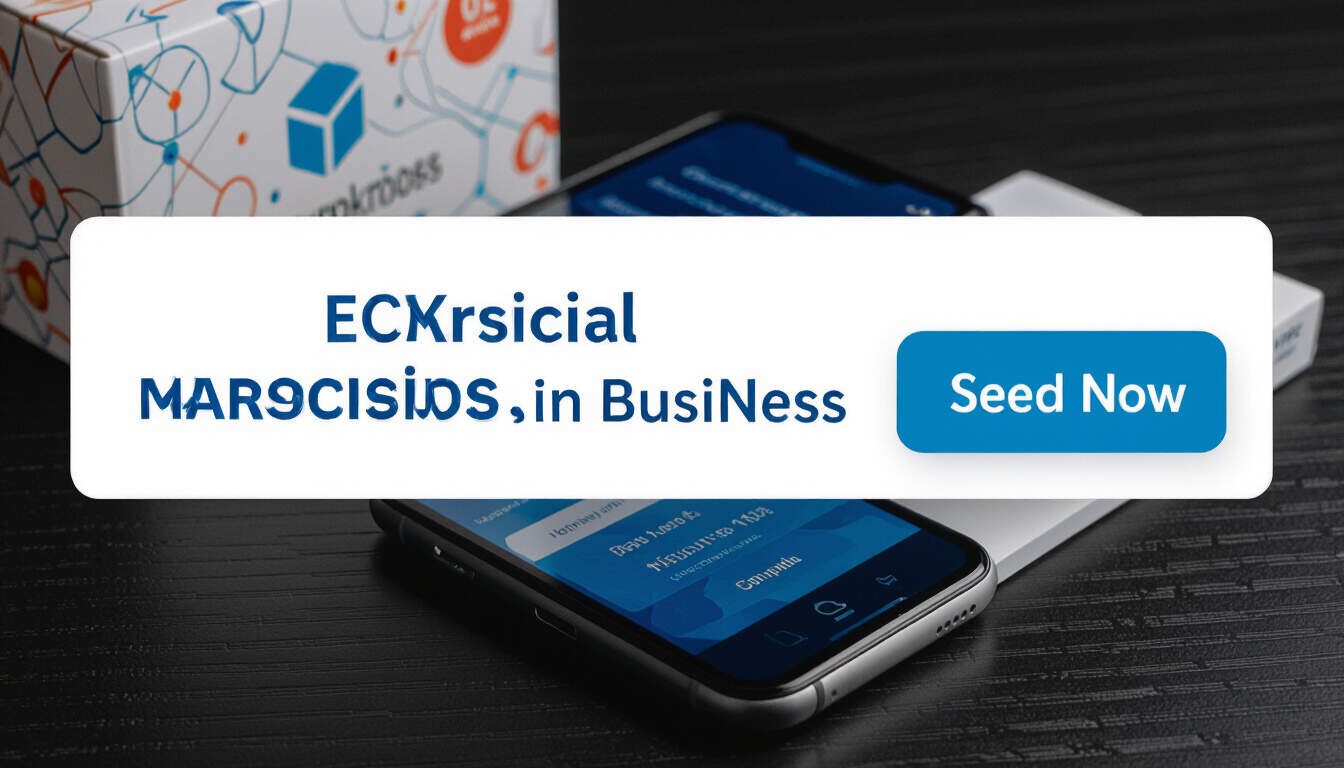Mobile Optimization for Tiny Subscription Commerce Models
 by Marlene Keeling
by Marlene Keeling
Explore how small business owners can enhance their tiny subscription commerce models through effective mobile optimization. This article covers key strategies for improving user experience, increasing retention, and boosting revenue in a mobile-first environment, offering practical advice for e-commerce success.

Small business owners often seek ways to grow their operations in competitive markets. One area gaining attention is tiny subscription commerce models. These models involve offering small-scale, recurring services or products that build customer loyalty over time.
In the context of mobile devices, optimization becomes essential. Mobile platforms now dominate online interactions, making it vital for businesses to adapt. For instance, ensuring that subscription sign-ups are seamless on smartphones can lead to higher conversion rates.
A key aspect is user interface design. mobile optimization helps create intuitive interfaces that work well on smaller screens. This means prioritizing fast loading times and easy navigation, which can reduce bounce rates significantly.
Another strategy involves payment processes. Simplifying how customers subscribe via mobile apps or websites is crucial. Features like one-click subscriptions can make the process effortless, encouraging more sign-ups.
Benefits of Mobile Optimization
Adopting mobile-friendly practices offers several advantages. First, it improves accessibility. Customers can manage their subscriptions from anywhere, which enhances satisfaction. Studies show that optimized sites see up to 20% more engagement.
Additionally, subscription commerce thrives with personalized experiences. Using mobile data, businesses can tailor recommendations based on user behavior. This personalization fosters repeat business and strengthens brand connections.
For small owners, cost-effectiveness is a major draw. Implementing basic mobile enhancements doesn't require large investments. Tools like responsive design frameworks are widely available and easy to use.
Practical Steps to Implement
To get started, businesses should assess their current setup. Begin by testing website performance on various devices. Identify issues such as slow pages or awkward layouts.
Next, focus on content delivery. High-quality images and videos that load quickly are important. Compressing files without losing quality ensures that e-commerce platforms remain appealing.
Incorporating analytics tools is also helpful. These provide insights into user interactions, allowing owners to refine their approaches. For example, tracking drop-off points in the subscription flow can highlight areas for improvement.
Security measures matter too. Ensuring that mobile transactions are safe builds trust. Using encryption and secure gateways protects customer data, which is especially critical in subscription models.
Case Examples
Consider a small business selling artisanal coffee through monthly boxes. By optimizing their mobile site, they saw a 15% increase in subscriptions within months. The key was making the app interface simple and quick.
Another example is a niche book service. They focused on mobile notifications to remind users of renewals. This proactive approach reduced churn rates and boosted overall retention.
Challenges and Solutions
While beneficial, challenges exist. Not all small owners have technical expertise. Partnering with developers or using user-friendly platforms can overcome this barrier.
Keeping up with updates is another issue. Regular maintenance ensures compatibility with new device features. Setting aside time for reviews can keep operations smooth.
In summary, embracing mobile optimization transforms tiny subscription commerce models. It empowers small business owners to compete effectively and build lasting customer relationships.
To wrap up, consider integrating feedback loops. Gathering input from users via mobile surveys helps refine strategies. This ongoing process ensures that businesses stay relevant and responsive.
Finally, the future looks promising. As technology advances, more opportunities will arise for innovative mobile strategies in e-commerce.
